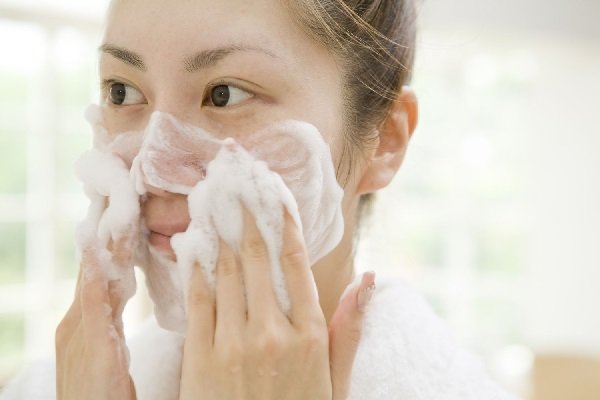The cosmetics industry is huge and dynamic, promising to enhance our inherent attractiveness and self-assurance. But concealed behind the attractiveness of exquisitely packaged goods is a possible risk: skin allergies.
Can cosmetics that are meant to make us look better really cause negative skin reactions? This article delves into the intricacies of cosmetic ingredients, the science behind skin allergies, and tips for maintaining healthy skin.
Understanding Cosmetic Ingredients
Cosmetic products like revlon Australia have a wide range of ingredients, each designed to fulfill a certain function. These products, which range from cleansers and moisturizers to foundation and eyeshadow, comprise various components.
While some substances are created in laboratories, others come from natural sources. Preservatives, fragrances, emollients, and colorants are typical ingredients.
The Culprits: Allergens in Cosmetics
While most people who use cosmetics do so without problems, certain people may have skin allergies. Generally speaking, allergic reactions happen when the body reacts to a chemical it believes to be harmful.
Some ingredients in cosmetics are more prone than others to trigger allergic reactions. Certain dyes, fragrances, and preservatives like parabens are recognized offenders.
Despite adding appeal to products, fragrances are one of the main causes of allergies in makeup. Fragrances are made from a complex collection of compounds that can cause adverse effects ranging from moderate discomfort to more serious allergic reactions.
Cosmetic formulas contain preservatives like parabens to stop mold and germs from growing. Some people, however, can be sensitive to these substances, which could result in swelling, itching, or redness.
Cosmetics are colored with dyes and pigments, but some people are allergic to these ingredients. Rashes and skin irritation are typical signs of a dye allergy reaction.
The Science Behind Skin Allergies
Complex phenomena, skin allergies include the immune system’s reaction to foreign chemicals. An individual with sensitivities triggers an inflammatory response when they come into contact with an allergen because their immune system perceives it as a threat. Redness, itching, swelling, or even the formation of hives are possible symptoms of this process.
People who already have skin disorders like psoriasis or eczema may be more prone to allergies brought on by cosmetics. In addition, over time, regular exposure to specific allergens can sensitize the skin and increase its propensity to respond.
Tips for Identifying and Preventing Allergic Reactions
1. Patch Testing
Do a patch test before adding a new cosmetic item to your regimen. Use a tiny amount of the product on a discrete part of your skin, like the inside of your forearm, and observe any negative effects throughout the following 24 to 48 hours.
2. Read Labels
Become familiar with the components of the makeup you use. Products containing particular compounds should be avoided if you have a known sensitivity.
3. Choose Fragrance-Free Options
Choose hypoallergenic or fragrance-free products, particularly if you have a history of fragrance sensitivity.
4. Rotate Products
Using the same goods daily can increase the chance of acquiring sensitivities. Rotate the products you use for skincare and makeup to reduce the chance of overexposure to particular substances.
5. Consult a Dermatologist
See a dermatologist if you have chronic skin irritation or think you may have a cosmetic allergy. They can do patch tests and suggest appropriate skincare substitutes to pinpoint particular allergens.
Nurturing Radiance Safely – A Balanced Approach to Cosmetic Usage
Although cosmetics aim to make us look better, it’s important to be aware of any possible allergies hidden in their ingredients.
Maintaining healthy skin requires knowing the ingredients, spotting adverse reaction symptoms, and taking preventative action. You may take advantage of cosmetics without jeopardizing the health of your skin by making educated decisions and prioritizing skin health.








